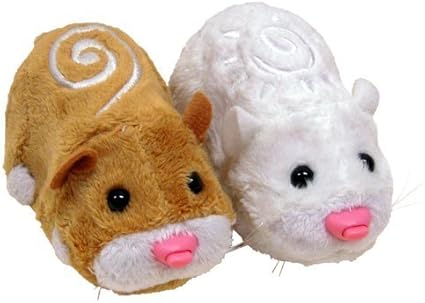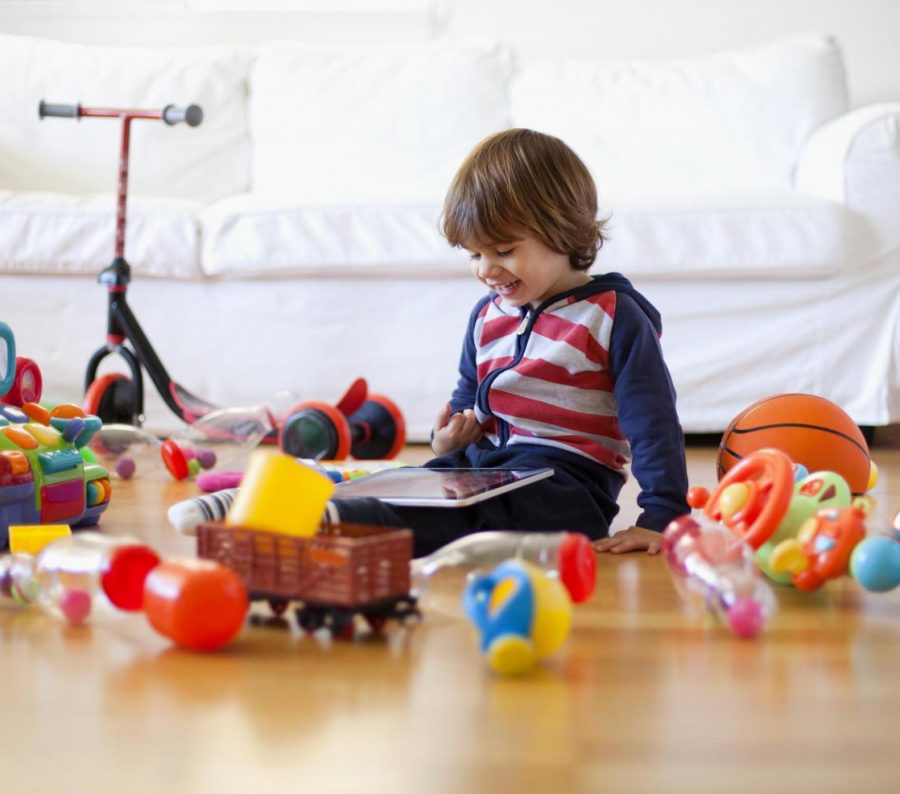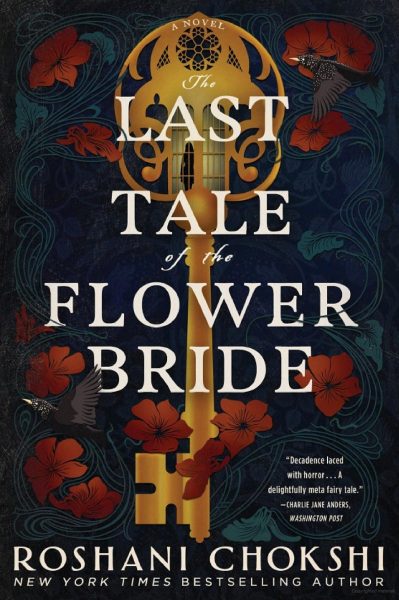Toys for Tots: The 2010s Toy Hall of Fame
Ah, the 2010s.
To us Gen Zers, it’s the end of an era. Most of our lives have been spent in this decade, and as it has just come to a close, it is important to reflect on the most fundamental part of life: childhood.
And what impacts childhood more than toys?
There have been so many different toys over the years, and while most of them were just fads, they were fun while they lasted. Though each toy was vastly different from the next, and some were better than others, each one means something to every kid.
The first toy that everyone just had to have was Sillybandz. Originally created in 2002 by a Japanese design team, Sillybandz became very popular among our generation.
Since they came in all shapes, sizes, and colors, they were the best thing to have ever been created, especially in the eyes of a first grader. Kids would stack these multi-colored bracelets up and down their arms, almost cutting off their blood circulation just to show off their extensive collection to classmates.
The instant a new design came out, that was it. A kid had to have it.
The 1920s stock market was nothing compared to how much trading, bartering, and persuading we had to do to obtain the newest model. But sadly, the Sillybandz craze died down when teachers became convinced that they were driving the focus away from academics, which they were.
After 2011, Sillybandz became virtually extinct.
Zhu Zhu pets and Sillybandz were simultaneously popular. Although they were invented in 2009, the Zhu Zhu pets did not truly hit their stride in the toy industry until a little later.
These furry, motorized hamsters fulfilled the wishes of every pet-less kid. They would zoom around the entire house (hence the name) to the delight of the kids and the distaste of their mothers.
Every time there was a play date, kids would run squealing all around the house, chasing the little robots. They would compare models, beseech their parents to buy new “pets,” and bust their brains to find AAA batteries.
Then there was the unavoidable moment when the wheels ran through the carpet and got clogged with hair, ending the joy. But it would be brief, since the next day a new Zhu Zhu pet would be waiting downstairs.
It was an endless cycle, but as all things do, they also ceased to be the most important toy. They were soon replaced by something not necessarily a toy but had an enormous impact on our creativity: Rainbow Loom.
For those who don’t know, Rainbow Loom is an art. People can say all they want about the waste of rubber for the elastics, the waste of plastic for the looms, and the overall waste of resources for the junk that was bound to end up in a junkyard anyways.
All of this is true.
But to a group of eight-year-old girls, Rainbow Loom bracelets were the most iconic and sought-after items of jewelry any kid could have. Using the cheap plastic looms and the rubber bands, kids would weave the elastics through the hooks and craft simple but stylish bracelets, rings, and ribbons.
They had the basic colors, like red and blue, slightly more unique colors, such as teal and lavender, and then they had the special packs.
Oh, those special packs.
From camouflage to unicorn poop, those special packs had every color under the sun. Using the handy-dandy manual that came with the Rainbow Loom starter pack, a kid could quickly unlock the world to complex designs and decorations to up their Rainbow Loom game.
And fear not, because even if a kid had virtually no artistic ability, they could always negotiate a “trade” to acquire the bracelet of their wildest dreams.
At recess, instead of running around the jungle gym, tumbling down the slides, and going dizzy from the swing set, kids would be lined up in front of the lunch buckets, haggling a better price for their chosen Rainbow Loom bracelet.
But around the end of 2014, the popularity of Rainbow Loom had died down. The kids had let go of the loom.
If Rainbow Looms were for the girls, Pokémon cards and Beyblades were for the boys.
Although Pokémon and Beyblades were invented in 1996 and 1999, respectively, they were still the heart and soul of every junior Gen Zer. The card game and the spinning metal hunks of junk were popular among every kid.
Kids would take their beloved Pokémon cards everywhere: the bus, to recess, to the mall on the off chance that they could trade cards with a random stranger. There must have been over a thousand different cards, with different characters who possessed different abilities.
Although it must seem bizarre that kids could have so much interest in little laminated pieces of paper, they were incredibly important at the time. Kids would lay down their lives for the best card, and it was frequent to witness shouting matches over the seats of the bus when they were trying to get a higher-level character.
And the Beyblades.

Kids would stand in these tight-knit little circles during recess, oohing and aahing over the little metal spheres as they swirled around and around. And this wasn’t just some casual playtime either.
This was cut-throat competition.
Winning meant life or death through the eyes of a fourth grader. The number of times a teacher had to force kids to dissolve their huddle sessions and play on the jungle gym is immeasurable.
These were probably the only times kids grumbled about playing as they reluctantly trudged up to the mulch.
But eventually, Pokémon and Beyblades were also eliminated by the phenomenon known as growing up.
There comes a point in a kid’s life where they think they are too old to play with toys, that they are beyond the materialistic luxuries so treasured in their early childhood.
But one last toy which no one can deny using is a fidget spinner.
The hand-maneuvered spinning device was originally created in 1993, to help people cope with ADHD and autism, but fidget spinners became the norm in the classroom towards the late 2010s.
To the delight of the kids and the dismay of the teachers, fidget spinners could not be banned because they helped ease anxiety and tension. So, fidget spinners could stay.
The instant one kid brought their newly purchased fidget spinners to school, everyone had to have them. They would beg their parents to drive them to the nearest CVS or Target and buy them the latest version of the fidget spinner.
In the beginning, fidget spinners were the basic three-spoked, plastic models, but as time wore on, companies wanted to get an edge on one another. This brought the creation of fidget spinners in all shapes and sizes.
There were multi-colored fidget spinners, light-up fidget-spinners, fidget spinners with metal chunks on the end, four-spoked, five-spoked, and even six-spoked fidget spinners. Kids would stack multiple fidget spinners on top of each other, waiting for the moment when they all came crashing down.
They would hold contests, seeing whose fidget spinner would spin the longest. They were loved by all kids. If there’s one toy that made it into the Toy Hall of Fame, it’s the fidget spinner.
So, while we might not be the innocent, carefree kids that we once were (well, most of us anyway) everyone has likely experienced the joys that came with the ownership of these toys.
Whether it was collecting Sillybandz, trading Pokémon cards, or spinning fidget spinners, every kid has done it. From Zhu Zhu Pets to Rainbow Loom, each toy has its own special place in the heart of every 2010 kid.
While the decade has ended, and with each day we get closer to the daunting stage of our lives known as adulthood, cherishing these pieces of the past brings a person back to the good old days.
Back then, responsibility, grades, and college were just big words that people spoke about. And as the 2020s approach, bearing all of these and more, everyone should find some time in their impossibly busy schedules to think. Think about childhood, and all those happy memories. They set the tone for life.







